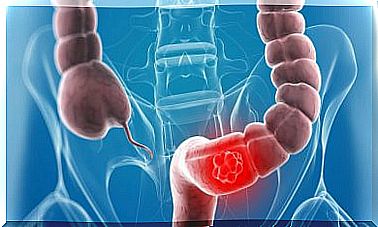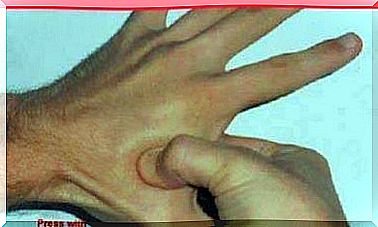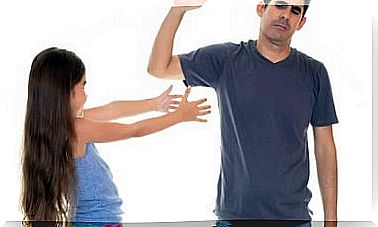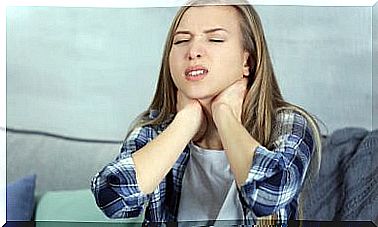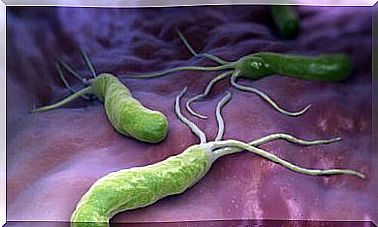Dengue In Children: Symptoms, Causes And Treatments
Dengue in children is a major health problem that prevails in parts of Asia, countries in the Pacific and the Americas. The disease itself is a pathology caused by four similar viruses that are transmitted by mosquito bites.
According to the World Health Organization (WHO), there are currently between 50 and 100 million infections each year. In addition, many of these people require hospitalization and most are infants.
Unfortunately, this disease can even lead to death. Therefore, in this article we explain what you should know about dengue in children and how it can be treated.
How does dengue affect children?
As we have just pointed out, this disease is caused by the bite of mosquitoes that carry the virus. The mosquitoes are of the Aedes aegypti species . It is important to note that it can be caused by four different types of pathogens.
This means that, when a person becomes infected with one of them and overcomes the infection, they create immunity against that variety. However, if you are bitten by a mosquito again and, in this case, it is another type, you will suffer it again. In addition, we must emphasize that the disease is not spread from person to person.
The truth is that dengue fever has long been considered an infection that predominantly affected children. However, anyone can suffer from it. According to the Indian Academy of Pediatrics, around 20% of cases occur in babies under one year of age.
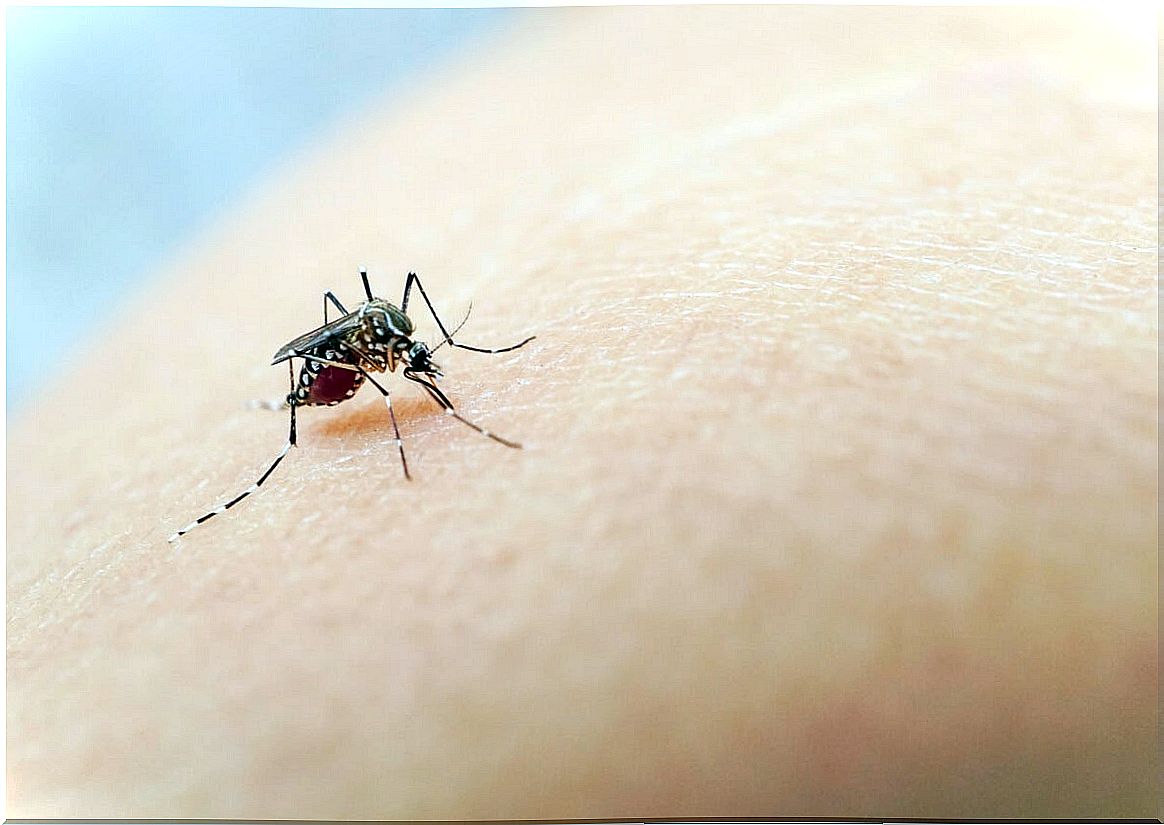
Dengue symptoms in children
The symptoms of dengue in children are variable and depend, above all, on the age at which the disease occurs. When it comes to a little one getting infected for the first time, the signs can be mild. However, in older people who have already suffered from the infection, the symptoms tend to be more intense.
Dengue virus can cause a very high fever, around 40 degrees Celsius. Before it was called breakbone fever , since it was associated with severe bone and joint pain. In some cases the muscles were also affected.
Dengue in children is usually accompanied by a rash that affects a large part of the body. They also bruise easily and there is often bleeding from the nose or gums. According to a study by the University of Santander, there are indicators that help guide the diagnosis of this pathology.
One of them is that the white blood cell count is less than 4500 per deciliter. The other two parameters are the fact that the infant has an erythema on the face and does not experience rhinorrhea (runny nose).
Although most cases recover after a week, sometimes there may be a worsening of the situation. It is the so-called severe dengue , which involves damage to the blood vessels and the loss of platelets.
In these patients there is constant vomiting, blood in urine and stool, as well as abdominal pain and fatigue. This complication can lead to death, so seeking prompt medical attention is essential.
How is this disease treated?
In the case that dengue in children is mild, treatment is usually based on rest and hydration. There is no specific medicine for the virus. To reduce fever or relieve discomfort, non-steroidal anti-inflammatory drugs or paracetamol may be prescribed.
However, as there is a possibility that it can be complicated by bleeding, there are certain drugs that should be avoided. Within this category of analgesics it is contraindicated to use aspirin or ibuprofen, because they increase the risk of bleeding.
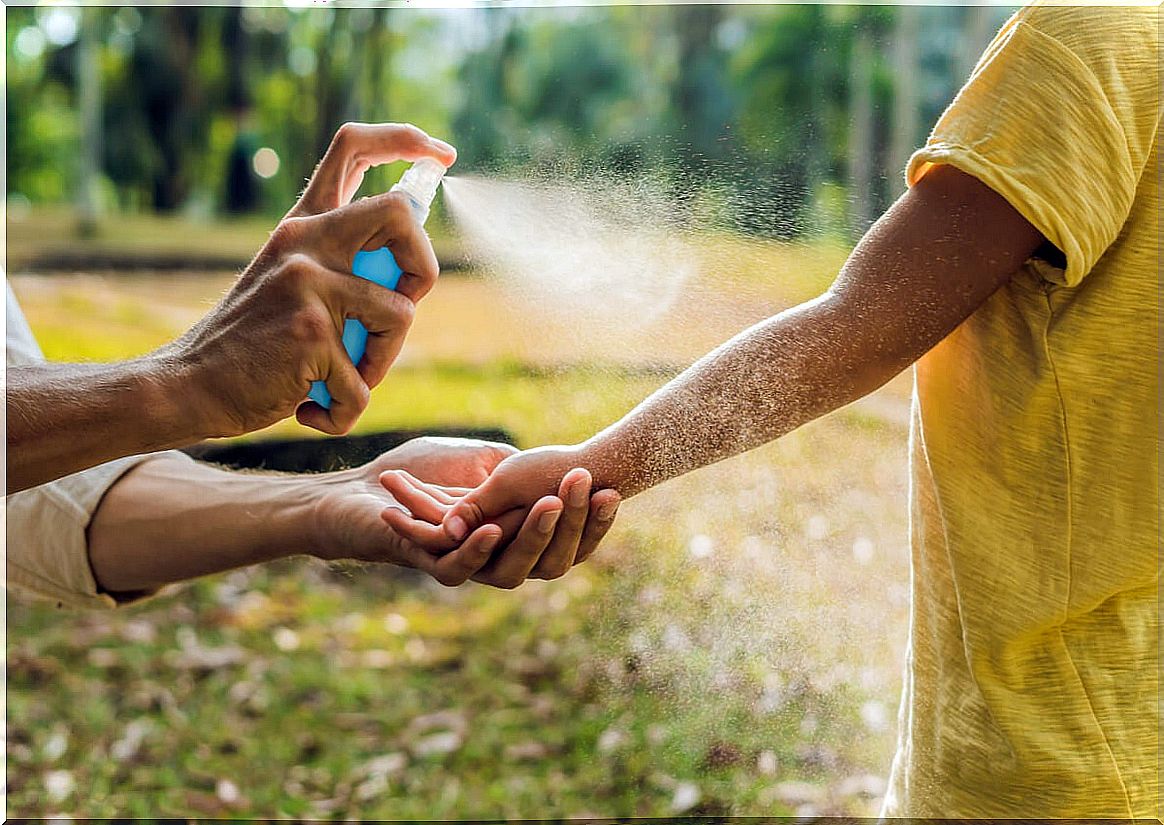
Can childhood dengue be prevented?
Childhood dengue, as in any adult, can be prevented in a certain way. The only way is to avoid being bitten by mosquitoes that carry the virus. Therefore, one of the basic measures is to place protection in the houses, using mosquito nets or insect repellants.
In addition, it is recommended to wear long shirts and pants that cover as much skin as possible. In the same way, it is necessary to try not to frequent the areas where these vectors tend to proliferate. For example, regions with water and at sunrise and sunset hours, as they tend to be more active.
Dengue in children and its severity
This disease is caused by four viruses that are very similar to each other. Although many cases are mild and resolve within a week, the infection can become complicated and life-threatening.
Therefore, it is essential to prevent mosquito bites and seek medical attention for any symptoms or signs. Similarly, those who travel to areas with declared viral circulation must exercise extreme caution, whether they do so for work or leisure and vacation reasons.
The complication caused by the disease in its severity variants is not a minor issue. The possibility of decompensation in the infant is palpable and cannot be underestimated. Urgent consultation can activate essential mechanisms for survival.

